
| Starting price | $25/mo |
|---|---|
| Pricing model | Per Agent |
| Free Trial | Yes |
| Free Version | Yes |
Our hand-picked selection of the best live chat software solutions will help you strengthen your business. Experience the benefits of real-time customer communication and open up new growth opportunities.
Find the best value live chat software at SaasGenius.
Finding the perfect live chat software for your business can be overwhelming. Our team has carefully reviewed numerous options to provide you with the most reliable and efficient solutions.

| Starting price | $25/mo |
|---|---|
| Pricing model | Per Agent |
| Free Trial | Yes |
| Free Version | Yes |
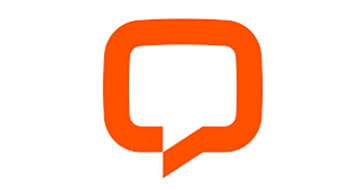
| Starting price | $19/mo |
|---|---|
| Pricing model | Per User |
| Free Trial | 14-day |
| Free Version | No |

| Starting price | Free |
|---|---|
| Pricing model | Free |
| Free Trial | No |
| Free Version | Yes |
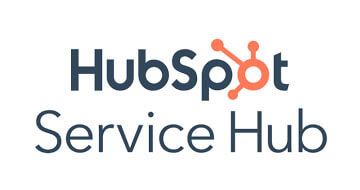
| Starting price | $50/mo |
|---|---|
| Pricing model | Subscriber based |
| Free Trial | 14-day |
| Free Version | No |
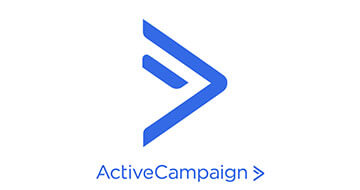
| Starting Price | $11/mo |
|---|---|
| Pricing Model | Per User |
| Free Trial | 14-day |
| Free Version | No |
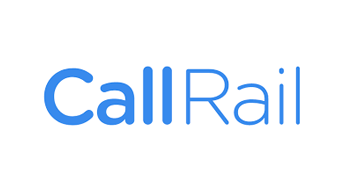
| Starting Price | $45/mo. |
|---|---|
| Pricing Model | Subscriber based |
| Free Trial | Yes |
| Free Version | No |

| Starting price | $18/mo |
|---|---|
| Pricing model | Per User |
| Free Trial | 15-day |
| Free Version | Yes |

| Starting price | $37.49/mo |
|---|---|
| Pricing model | Per Seat |
| Free Trial | 14-days |
| Free Version | Free (personal use) |
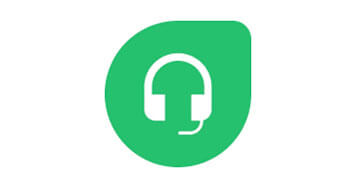
| Starting price | $18/mo |
|---|---|
| Pricing model | Per User |
| Free Trial | 21-day |
| Free Version | Yes |

| Starting price | $19/mo |
|---|---|
| Pricing model | Per User |
| Free Trial | Yes (upon request) |
| Free Version | No |

| Starting Price | $50/month |
|---|---|
| Pricing Model | Subscriber based |
| Free Trial | Yes |
| Free Version | Yes |

| Starting price | $189/mo |
|---|---|
| Pricing model | Flat-rate and quotation based |
| Free Trial | No |
| Free Version | No |
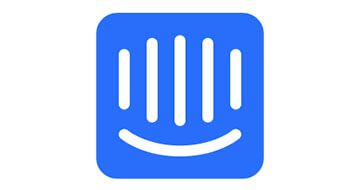
| Starting price | $67/mo |
|---|---|
| Pricing model | Per Seat |
| Free Trial | 14-days |
| Free Version | No |

| Starting price | Quote only |
|---|---|
| Pricing model | Quotation based |
| Free Trial | No |
| Free Version | Yes |
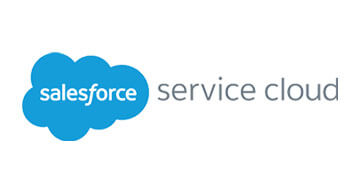
| Starting price | $25/mo |
|---|---|
| Pricing model | Per User |
| Free Trial | 30 days |
| Free Version | No |

| Starting price | $15/mo |
|---|---|
| Pricing model | Subscriber based |
| Free Trial | No |
| Free Version | Yes |
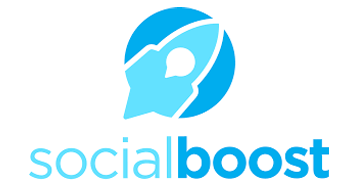
| Starting Price | $29/month |
|---|---|
| Pricing Model | Subscriber based |
| Free Trial | Yes (Free Demo Only) |
| Free Version | No |
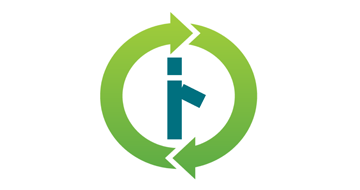
| Starting Price | $9/month (billed annually) |
|---|---|
| Pricing Model | Per Queries |
| Free Trial | Yes |
| Free Version | No |
Live chat software is a customer service solution that allows you to respond, in real-time, to your clients. Not only does it simply impart information quickly to people visiting your site, but it can have long-lasting ramifications for your business too. Having a live support tool helps you to capture leads and convert them right away.
The best thing about live chat is that it enables customers to get all the information they need right away. Your staff can respond with detailed answers helping to build trust and rapport with the potential client. It can increase website engagement and garner your site a strong reputation especially if you responded to every query in a timely fashion.
For example, if you are selling items in a shop, it can be hugely beneficial to customers to be able to ask you questions about your products. Even if you provide all the information, it may not be easily accessible or a customer may have found it confusing. Having a live chat option enables users to get support if they are uncertain about something like where you ship to and what costs this might incur. By only having a slower customer response system such as email, you run the risk of losing some potential clients who don’t want to wait that long for an answer.
Live chat apps have a wide array of very similar features, though these can differ in some software options. For the most part, website chat solutions will have these features in common:
We use a comprehensive rating methodology to provide unbiased insights. Our rating takes into account pricing, ease of use, features, and support. We introduce the Genius Score, a unique rating system that ranges from 0 to 100 and is based on external reviews and internal testing. If you want a deeper understanding, check out our full rating methodology.
Each of the live chat app options has a number of different features and services available. This includes the type of reports available, the level of automation and canned responses, the type of customization offered, and more. Here are some of the important features you should be carefully considering before you choose your website chat software.
If this wasn’t already obvious, there are a huge number of benefits to using live chat tools. The type of live chat options and the way you use them will depend on your company or business. For instance, larger companies will need to put focus on the multiple integrations offered, whereas smaller companies may focus more on the customization options to create a recognizable brand.
As mentioned, there are a range of benefits to using live chat solutions. Here we have outlined some of the best and most important ones.
This is probably the number one reason to get and use live chat software on your website. Customers will always have questions about your products. Having someone on hand with the ability to answer these questions instantly is a major plus point for any potential buyer. They’re still on your website throughout the entire exchange. They will gain a positive response to your site and the operator can help them overcome any doubts they might be having resulting in a sale. Studies even show that 35% more people were likely to purchase online after chatting on the live chat app.
Traditional call centers have been the long-standing method to allow customers to get in touch with a business, but live chat is taking over. Not only is it more efficient, but cheaper too. A single live operator can be having six chats on the go at any one time, thus handling more issues in a given time period.
In-store shopping enables customers to trust a brand and build rapport with the sales representatives. This is harder online unless you have live chat. This software can bridge that gap and engender trust between you and your customers making them more likely to buy and return.
Live chat services don’t just mean you gain sales but the value of the sale is increased too. If you use live chat options and show you understand the client, then you’ve won half the battle. By talking with the client, you can also expand their purchase options, encouraging them to buy other products related to the original one as well.
All the above points funnel down to customer satisfaction. With attentive live chat operators, your customer’s experience will be improved. They will likely recommend you, rate you well, and come back.
There is a wide variety in the cost of a good live chat app. For starter options, it’s generally around $16 per month, although you can get package deals through a website host software provider too. The cost for live chat does increase with the number of features required as well as the size of the business and the number of operators necessary to use the system. Some of the higher-end business options for live chat apps come in at around $50 per month or even more.
There are a couple of different live chat types available. The option you choose will partially depend on the budget you have, but also on the needs you have for the service. For example, you may need the service to be on your own infrastructure so that you have complete access to the software all the time. Here are some of the different types of live chat software available.
This is the more popular option when it comes to website chat software. By having the software based in the cloud you can enjoy regular automated updates for the software. Cloud-based live chat also enables a more flexible payment plan with companies only paying for what they use. Finally, it can avoid infrastructure investments as these products will run on third-party servers. By default, this also reduces any big security issues too, as those third-party servers will handle that too.
A self-hosted website chat solution works on the organization’s own infrastructure. It means that the company pays for the infrastructure, but it does mean that there isn’t anytime access to it from anywhere either. This can be a major drawback when it comes to operating efficiently around the clock. Additionally, this type of live chat option can also mean there is reduced security.